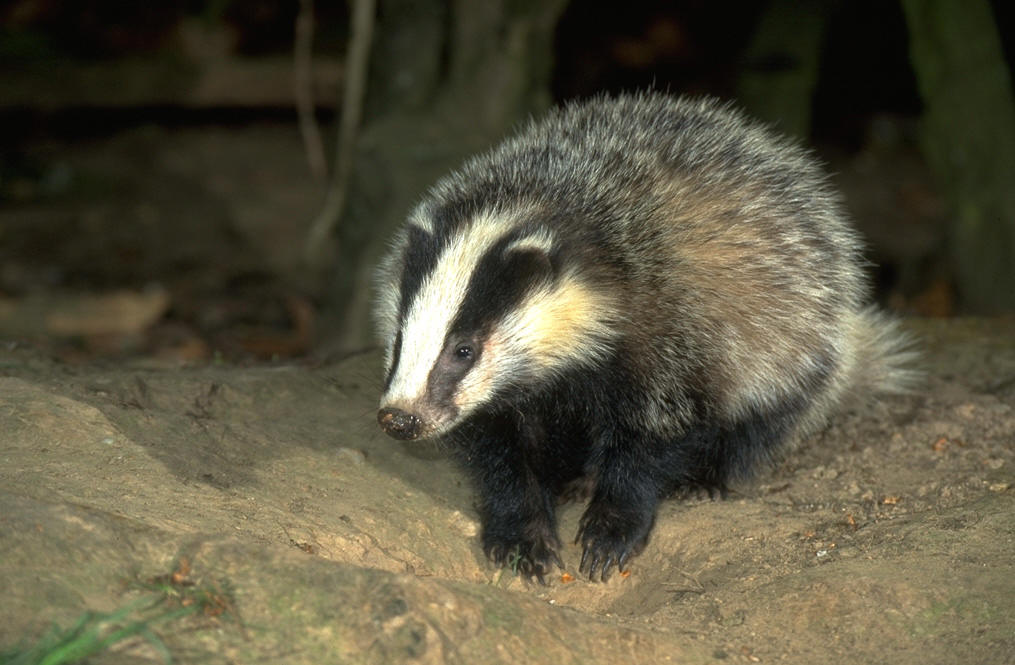
Sensor Networks Group
Software Engineering Programme
Computing Lab
| WILDSENSING Project | ||
| Overview | ||
Project Team:
Project Description: An application that would particularly benefit from continuous monitoring using sensor and mobile nodes is wildlife monitoring. Zoologists would be able to detect social behavior patterns of wild animals (e.g. animal movement patterns), in combination with microclimate conditions, to protect the animals' habitat and ensure their well-being. Current approaches to wildlife monitoring and conservation often still rely on labor intensive techniques for making observations of animal behavior or for tracking animal movements with established (but outmoded) VHF telemetry equipment. The heavy reliance on field-staff for animal monitoring currently incurs considerable employment costs and overheads for ancillary equipment. In this project we offer an alternative to collecting data manually from every single sensor in the field. Our approach suggests the forwarding of sensor data wirelessly to carefully selected nodes (storage nodes) from where the data will be collected later on by roaming mobile nodes (e.g. zoologists with PDAs). This new operational setting will leverage recent advances in mobile technology to relieve the sensor network from heavy multi-hop communication tasks. It will exploit the vast availability of a variety of different mobile devices (e.g., phones, pdas and domain specific wireless-equipped devices such as health monitors) and the potential for user or unmanned vehicle mobility. We are currently developing distributed algorithms for intelligent cooperation among mobile devices and sensor nodes, allowing the system to minimize the total monitoring effort. To test our distributed algorithms, we are deploying a prototype monitoring system at Oxford University's research reserve, Wytham Woods, in order to monitor the social behaviour of badgers and the microclimatic conditions around their setts Project Collaborators:
|
||
